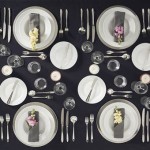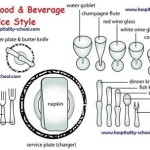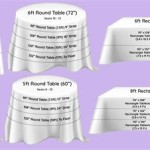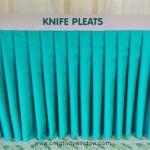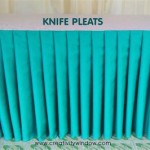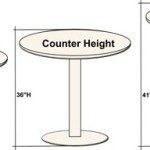Mission Style End Tables: A Timeless Elegance
Mission style furniture, known for its clean lines, simple forms, and handcrafted quality, has been a popular choice for homes for over a century. End tables, in particular, embody the essence of this style, adding both functionality and aesthetic appeal to any living space. While the term "Mission" itself can be somewhat misleading – the style was never actually designed for missions – it has become synonymous with a distinct aesthetic that continues to captivate interior design enthusiasts.
Key Features of Mission Style End Tables
Mission style end tables are characterized by a number of distinct features that set them apart from other furniture styles. These features include:
- Simple, Geometric Forms: Mission style furniture is known for its clean lines and rectangular shapes. End tables in this style typically feature square or rectangular tops, with minimal ornamentation or embellishments.
- Solid Wood Construction: Mission furniture is typically made from solid wood, often oak or cherry, with a focus on natural finishes that highlight the wood's grain and texture. The heavy, substantial feel of solid wood adds to the overall durability and longevity of these pieces.
- Functional Design: Mission style end tables are designed to be both practical and aesthetically pleasing. They often feature drawers, shelves, or other storage compartments that can be used to declutter a living room or bedroom.
- Handcrafted Details: While some Mission style furniture is mass-produced, many pieces are still handcrafted by skilled artisans. This attention to detail can be seen in the use of mortise and tenon joinery, hand-rubbed finishes, and carefully crafted curves and angles.
History and Origins of Mission Style
The origins of Mission style furniture can be traced back to the Arts and Crafts Movement of the late 19th century. This movement, which emphasized handcrafted objects and simple, functional forms, was a reaction against the mass-produced, ornate furniture that was popular during the Victorian era.
The term "Mission" style emerged in the early 20th century, specifically in California, where architects and furniture makers were inspired by the architecture of Spanish missions. They sought to create a stylistic language that reflected the simple forms and natural materials of these structures.
Notable figures associated with the development of Mission style furniture include Gustav Stickley, Charles Rohlfs, and Greene and Greene. These designers and furniture makers helped popularize the style, creating iconic pieces that are still admired today.
Types of Mission Style End Tables
Mission style end tables come in a variety of shapes, sizes, and configurations, offering a range of options to suit different interior styles and needs. Here are some common types:
- Traditional Mission Style End Tables: These end tables are most closely associated with the classic Mission aesthetic, featuring simple rectangular tops, square legs, and often a drawer or shelf for storage.
- Mission Style End Tables with Curved Details: Some end tables incorporate subtle curves in their design, such as rounded corners or slightly arched legs. This adds a touch of softness and visual interest without compromising the style’s overall simplicity.
- Mission Style End Tables with Geometric Accents: These end tables often feature geometric patterns or motifs, such as inlaid wood designs or carved details. These accents add visual depth and complexity to the piece without detracting from its overall simplicity.
Integrating Mission Style End Tables into Your Home
Mission style end tables can be integrated into a wide range of interior design styles. Their timeless elegance and versatility make them suitable for both traditional and contemporary homes. They can also be used to create a distinctive focal point in a room or to add a touch of history and character to a modern space.
When incorporating Mission style end tables into your home, consider the overall style of the room and the other furniture pieces you have. These tables can be paired with other Mission style furniture for a cohesive look, or they can be used to create a contrasting element against a more contemporary backdrop. The use of complementary colors and textures will further enhance the aesthetic appeal of these tables within your space.

Craftsman Mission Style Side End Table Singapore

Amish American Mission Junior End Table From Dutchcrafters

Mission End Table Walnut Afi Target

Craftsman Mission End Table Quick Ship Amish Furniture By Shipshewana Co

Mission Arts Crafts Style End Tables Crafters And Weavers

Mission Style Solid Oak 1 Drawer Keyhole Nightstand End Table Crafters And Weavers

Mission End Table With Shelf Medium Oak Leick Home Target
Craftsman Mission Style Oak Side End Table

Mission Style Side Table Hand Crafted Arts And Crafts Furniture

Craftsman Mission Style Side Table

